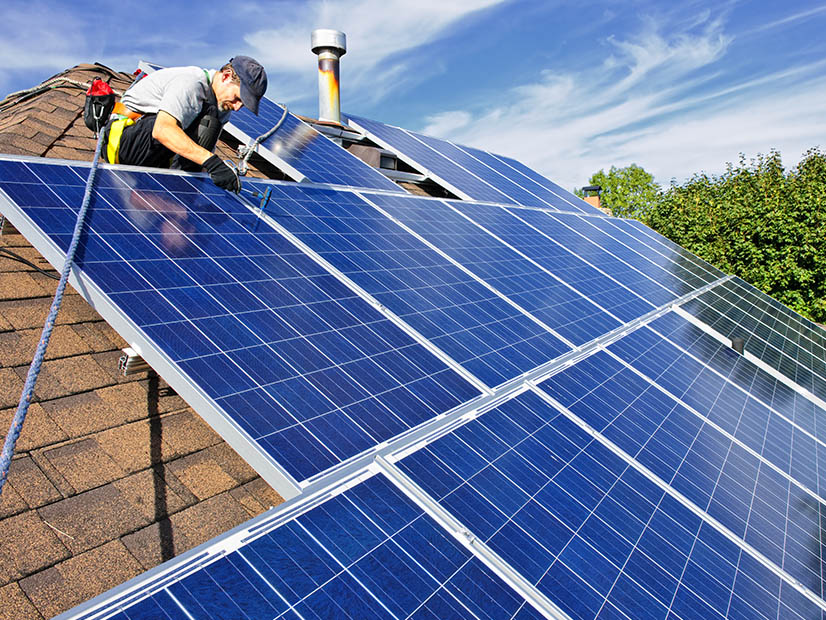States have identified deep energy efficiency retrofits as essential to implementing a cost-effective climate and energy policy. They can deliver benefits to the grid and homeowners alike through lower energy use, decarbonization, better air quality and home durability, and reduced residential costs.
Despite the seemingly apparent advantages, states have not widely deployed retrofits. As part of its Policy Framework Webinar Series, Northeast Energy Efficiency Partnerships (NEEP) discussed its retrofit implementation guide last week, which examines how states can create accessible programs that incorporate energy and climate goals and develop the clean energy workforce.
“These programs aim to save 50% or more of energy used in the home and include measures such as building shell improvements, insulation and air sealing, and upgrades to high-efficiency heating and cooling and hot-water systems,” said Erin Cosgrove, public policy manager for NEEP.
Other energy efficiency programs offer retrofits, like Home Performance with Energy Star and Weatherization Assistance Program, and include simple building shell measures and replacing individual appliances. However, due to implementation challenges and cost-effectiveness testing, these retrofit programs achieve only 10 to 20% savings, compared to 50% for deep energy efficiency retrofits, Cosgrove said.
“In order to really achieve the 50% savings, it’s important that you include all of these measures,” Cosgrove added.
To execute deep energy efficiency retrofit programs, Cosgrove said policymakers should look at five areas:
- defining deep energy efficiency retrofit;
- identifying implementation avenues;
- leading with equity;
- supporting workforce and industry growth; and
- eliminating high upfront costs.
Establishing a single definition for a deep energy efficiency retrofit would ensure stakeholders align toward the same goal, according to NEEP. It would also streamline industry practices, standards and long-term results. The key areas to define are building shell and mechanical system and appliance upgrades.
Everything ZEN
Policymakers need to consider utilities and contractors as program administrators in search of implementation avenues. In the contractor model, programs can offer incentives and provide free training and verification tools so that contractors see tangible business benefits.
The Zero Energy Now (ZEN) pilot program in Vermont uses the contractor model. Green Mountain Power and Building Performance Professionals Association of Vermont tasked local consulting firm Energy Futures Group (EFG) to administer and develop program details, including administrative structure, day-to-day operation, marketing requirements, training requirements, program verification, documentation and reporting responsibilities. EFG also organized and hosted specific pieces of training for the contractors.
The ZEN program originally ran from 2016 to 2017 and, with NEEP’s help, was revived in 2020. Gabrielle Stebbins, senior consultant at EFG, said in a study of 24 of the retrofit homes, there was an average annual fossil fuel and grid-based electric savings of 64% and average annual energy cost savings of $1,861. The average cost of retrofit projects was nearly $55,000 before any offset from incentives and rebates, which averaged a little more than $13,000.
Stebbins said that everyone working in the building retrofit industry knows there are multiple barriers for achieving deep savings, such as high upfront costs and homeowner concern about realizing the ultimate financial and energy savings.
“Unfortunately, somehow we have been pigeon-holed into this world that even though customers will shell out lots of money for their marble kitchen counter, it’s hard for them to dole out lots of money for greater comfort and building, durability, moisture improvements resulting from weatherization and air sealing,” Stebbins said.


